Hill People Gear Ute Pack: A Modular Backcountry Platform
Hill People Gear Ute Pack: A Modular Backcountry Platform
The Ute backpack marks Hill People Gear’s first foray into the world of larger, multi-day packs. It’s an internal frame pack, with the structure consisting of two aluminum stays and a plastic framesheet. The reported volume of the pack is around 3,500 cubic inches.
In the past I have commented on Hill People Gear’s design ethos of field serviceable simplicity. The Ute backpack takes this idea to the next level. The components of the pack are modular, and when there’s a component that could fail — such as plastic hardware in a critical location — it’s assumed that the component will fail, and the pack is designed around this.
Disclaimer: Hill People Gear provided a production sample Ute to the author, free of charge, for the purposes of this review. No guarantees were made as to the tone or conclusions of the review.
Construction
As with most of Hill People Gear’s other products, the Ute is made in the USA by First Spear. The bag itself is made of 500 denier Cordura. The portion of the pack that sits against the user’s back and holds the suspension system is 1000 denier Cordura, for extra durability. The pack is available primarily in a two-tone color combination of Ranger Green and Khaki, but is slowly being introduced in Hill People Gear’s standard solid color offerings of Ranger Green, Coyote and Foliage.
Suspension and Support
Inside the bag, the Ute features a flat silnylon pocket against the back. This can be used as a water bladder compartment but also functions as a slot to hold the thin HDPE framesheet that helps the pack retain its shape and prevents barreling when the compression straps are tightened.
The load-bearing capability of the pack is provided by two aluminum stays, each 24″ in length. Hill People Gear claims that this length tends to be the sweet spot for providing adequate load lift for most torso lengths. The stays are constructed of 7075 aluminum, measuring 1″ wide and 1/8″ thick. They are shipped with a standard bend that will fit most people decently well, but Evan Hill (co-founder of Hill People Gear) is adamant that people must bend the stays to their own back to properly fit the Ute — so much so that the Ute is shipped with the stays removed from their pockets. The thinner aluminum of the stays makes bending them easier than bending stays from some other manufacturers. You can do it over your knee, which makes adjustment in the field simple. The particular aluminum of the stays also allows them to bend slightly when you hit the load lifters. This elasticity makes for a more comfortable pack than those supported by stiff stays. The process of bending the stays in demonstrated in Evan Hill’s video on fitting the Ute.
Harness
The Ute features the same shoulder harness as the previously reviewed Tarahumara. I am still in love with this harness, and try to avoid carrying any pack with standard shoulder straps. Rather than attaching to the Ute via two 1″ pieces of webbing on either side of the top of the harness, the Ute takes advantage of the large triglide in the center of the harness and attaches with a single 1.5″ piece of webbing.
The design of the harness along with this single central attachment point is one of the features that make the Ute unique when compared to other internal frame packs. In some ways the Ute can be thought of as more of an over-sized lumbar pack than a backpack. What this allows for is an exceptional degree of shoulder articulation. This is something which becomes valuable in activities other than just walking, such as climbing or skiing. I have found that this is a marked improvement over other packs that I’ve carried (even Kifaru packs with the Hill People Gear harness attached via the traditional dual 1″ webbing pieces) when scrambling on all fours up fields of talus. When you don’t want this extra movement, tightening the load lifters will bring the pack in closer to your back and make it carry more like a traditional backpack.
The 1.5″ piece of webbing that attaches the shoulder harness to the pack is sewn onto another piece of 1.5″ webbing that runs horizontally along the top of the pack. From there, the webbing travels down toward the lumbar region of the pack before running through two plastic looploc buckles and then traveling back upwards, where it is attached to the harness. The reason for running through two plastic looploc buckles rather than one is simply to make sure that the pack remains functional if one of the plastic buckles were to break.
Some users have reported that the thickness of the two buckles digs into their back. After properly bending the stays to the shape of my back, I have not experienced this issue, but I can see how it would be a problem if the Ute were used as a lightly loaded day pack without a belt. One of the plastic buckles can be cut off to mitigate this issue. If the remaining plastic buckle were to break, the pack could still be repaired in the field by repurposing the lower compression straps. Immediately to either side of where the plastic looploc buckles attach to the pack are two 1″ webbing tabs. The G-Hooks of the lower compression straps can be hooked into these tabs and then the ends of the straps attached to the harness in the traditional manner.
Prairie Belt
The Ute is the first pack to feature the Prairie Belt. The Prairie Belt is Hill People Gear’s version of the pack belt, but, as you might expect by now, is much more than just another pack belt. The name is a nod to the cartridge belts of old worn by the US Cavalry — a sort of proto battle belt. As this relation implies, the Prairie Belt is not just a pack belt, but is also designed to be worn separately.
The belt is available in three different sizes to best suit the user’s waist. The belt wings are each about 7″ tall and feature two rows of PALS webbing for accessory attachment. In addition to the PALS, each wing has various loops made of a US-made equivalent of Hypalon. These loops are used to attach the stabilizing delta straps when the belt is used with a pack, as well as for rigging up a basic safety harness with tubular webbing and for holding a climbing rack.
The belt is made of 1000 denier Cordura, except for the center lumbar area. Both the inside and outside of this area are made of the same Hypalon-like material, which gives the belt some grip against both the user’s back and against a pack. The outside also features two stay pockets made of the Hypalon-like material. Each of these are about 2″ tall and 3″ wide, allowing them to fit a variety of different pack stays.
Also on the outside of the center lumbar area are four webbing loops and a piece of paracord with a cord loc. When used in standalone mode, this allows the belt to carry something like a jacket or a Mountain Serape.
On the inside of each wing, near the center lumbar area, there is a Velcro closing that gives access to the belt’s padding. The Prairie Belt ships with two pieces of foam in each wing: a grey piece of 1/4″ thick closed-cell foam, and a black piece of 1/2″ foam. The black foam is some sort of pipe insulation foam and is much softer than the grey foam. Shipping the belt with these two pieces of foam, and making them accessible, gives the user the choice of adjusting the belt’s padding to their needs. The belt can be used with both pieces of foam, only one, or none at all. I have found that the grey foam is a bit too stiff for my tastes. When used with the Ute, I like to run the Prairie Belt with just the black foam.
Unfortunately, the black foam starts to laminate to the inner coating of the Prairie Belt’s Cordura when exposed to some heat. This has no effect on the performance of the foam when it is left alone inside the belt. It does make it difficult to remove the black foam from the belt after it has seen some use. This is disappointing if you expect to be able to adjust the padding over the lifetime of the belt (without frequent replacement of the foam).
In the center, the belt closes via 1.5″ webbing and a side-release buckle. The pack comes with a spare 1.5″ side-release buckle in case the belt buckle is broken. The buckle can also easily be replaced with a Cobra buckle for a heavier but more dependable option.
The webbing is not laced through the buckle as it normally would be to hold tension. Instead tension is held and adjusted at the ladderlocs on either side of the belt wings. To tighten the belt, each piece of webbing is pulled across the body. This makes the belt adjustment more similar to that found on Osprey belts than Kifaru’s.
To attach the Prairie Belt to the Ute, the stays are first inserted into the stay pockets on the belt. The Ute’s lumbar pad is then folded over the belt and attached via Velcro underneath the padded section of the Ute. I am somewhat skeptical of using Velcro in such a critical part of the pack. Velcro wears out over time, and attracts dirt and sand, which makes it less effective. I am more comfortable with Kifaru’s system of attaching the upper section of the lumbar pad with plastic and metal hardware.
The belt comes with 4 straps, each with a G-Hook on one end. These are used as the stabilizing delta straps. They attach to the Ute via ladderloc buckles (the buckles themselves are attached to the Ute bag via the Hypalon-like material). The G-Hooks of the upper straps are then attached to the Hypalon-like loops of the belt. There’s no attachment point on the belt specifically intended for the lower straps. Instead, the user can attach the G-Hooks of the lower straps to whatever column of PALS in the lower row best suits them.
This method of attaching the belt is widely used. As a result, the Prairie Belt can be used on packs with removable belts from many different manufacturers. As with the shoulder harness, I have found that throwing the Prairie Belt on other packs can make for a marked improvement. The belt carries very well on a pack, but perhaps more importantly, can also function as a standalone piece when you want to leave your pack at camp and venture off with just some water and a jacket.
Compression
The Ute features three horizontal compression straps around the body of the pack, along with two vertical straps on the bottom and two on the top. All of these straps are completely removable and replaceable.
The horizontal straps have a unique attachment system. Within the seam where either side panel attaches to the front panel, there are three webbing loops spaced along the height of the pack. Each compression strap attaches to one of these loops via a G-Hook. The straps are then routed along the length of the side panels, where they loop through a looploc buckle. The looploc buckles are attached to the pack via a piece of Hypalon-like material that runs along the entire height of the pack. From here, the straps run back along the side panels towards the front panel. Next to the G-Hook where the strap initially connected to the pack is another looploc buckle. The strap runs through that looploc buckle and then finally terminates in either a male or female half of a side-release buckle.
What this somewhat complex setup creates is a pulley system that makes for a superior compression setup. Evan Hill described the advantages gained by the pulley system setup as this:
- 2:1 mechanical advantage on tightening that strap
- having a single Side Release (SR) buckle in center allows the compression panel to be snugged all the way down to the frame with no excess play on either side. At 1.25″ wide, G-hooks are the narrowest attachment element available (other than slik clips which aren’t strong enough for this application). This means that total width of the whole system is compression panel width plus 2.5″. Most of our compression panels are 9″ wide. That means total width is 11.5″ wide. The Ute is 12″ wide. The Umlindi is 11″ wide. See what is going on there? You can completely suck the compression panel to the frame using this setup
- Same strap system protects the zipper that is found on most of our compression panels without extra rigging or anything
- Between SR buckle and G-hooks, you can completely undo compression strap without unthreading anything
- SR buckle, which can’t hold tension if it is on a corner, stays in the center where it holds tension well
- You can quickly throw stuff under the center straps, like snowshoes or a jacket.
Most multi-days packs on the market claim that they can be compressed for use with a day-pack sized load. The Ute is the first pack I’ve come across that actually delivers a compression system that can easily and adequately reduce the volume of the pack without resulting in bunched material or bulging between the straps.
The lower compression straps attach via G-Hooks and a metal 3-bar slider. On the original run of Utes, these straps were sized to compress the load of the pack, but were too short to allow a foam sleeping pad to be held underneath. This was quickly addressed. The straps are now sized appropriately to carry something like a Therm-a-Rest RidgeRest.
The two straps on the top attach to the front of the pack via a G-Hook and attach to the back via side-release buckles immediately above the top of the stay channels. The female portion of the side-release buckles are slotted so that they may be removed when the straps are not being used.
These straps are not so much used for compression as they are to provide overflow capacity. At about 30″ in length, they provide a lot of upward capacity. They can be used to secure something like a bedroll or food bag to the top of the pack. Due to the straps’ attachment locations at the top of the front panel and immediately above the stay channels, they do an excellent job of bringing the weight of these items into the pack. I’m usually a fan of packs with floating lids for the upward capacity that they provide, but the Ute’s top straps have convinced me that the floating lid is not the only solution to the problem of overflow capacity.
Lid
The Ute features a simple zippered lid. The beefy zipper is reinforced by the top compression straps so that if the zipper were to fail, the pack would still be functional.
The inside of the lid is covered with PALS: 3 rows and 6 columns. A zipper on the inside of the lid also provides access to a small internal pocket. I have yet to find a set of pouches that I like for the PALS grid, although I think the EDC Slimline Pouch will be a good contender. Inside the zippered pocket I tend to store a first aid kit, notebook, and maps.
Behind the lid is a port for a hydration hose. This opening is at the top of the pack, in the rear-center of the lid. As a result it happens to provide an excellent channel for water to enter the pack. This has not proved to be a problem so far, but it makes me uncomfortable. I would prefer it if the hole had some sort of covering, such that it could be more-or-less closed when not in use.
Weight
The pack and all of its components, including my size small belt with both pieces of foam, weigh in at exactly 5 pounds on my scale. That’s heavier than I like for a pack of this volume — I would prefer to not go over 4 pounds — but the features of the pack justify the weight. It’s certainly the best designed pack that I’ve ever carried, and the suspension system is comfortable enough that I’m happy to carry the Ute even when I have a similar-sized pack that’s half the weight of the Ute at home.
Perhaps the highest praise that I can give the Ute is this: after receiving the Ute I sold my Kifaru ZXR. The ZXR is the pack that I’ve had for the longest period of time. It’s an excellent pack and the one that I have carried on the vast majority of my adventures. I never thought that I would get rid of it, but the Ute is a superior pack and made the ZXR too redundant. For my applications, the Hill People Gear Ute is just about perfect. If I could only have one multi-day pack, this would be it.






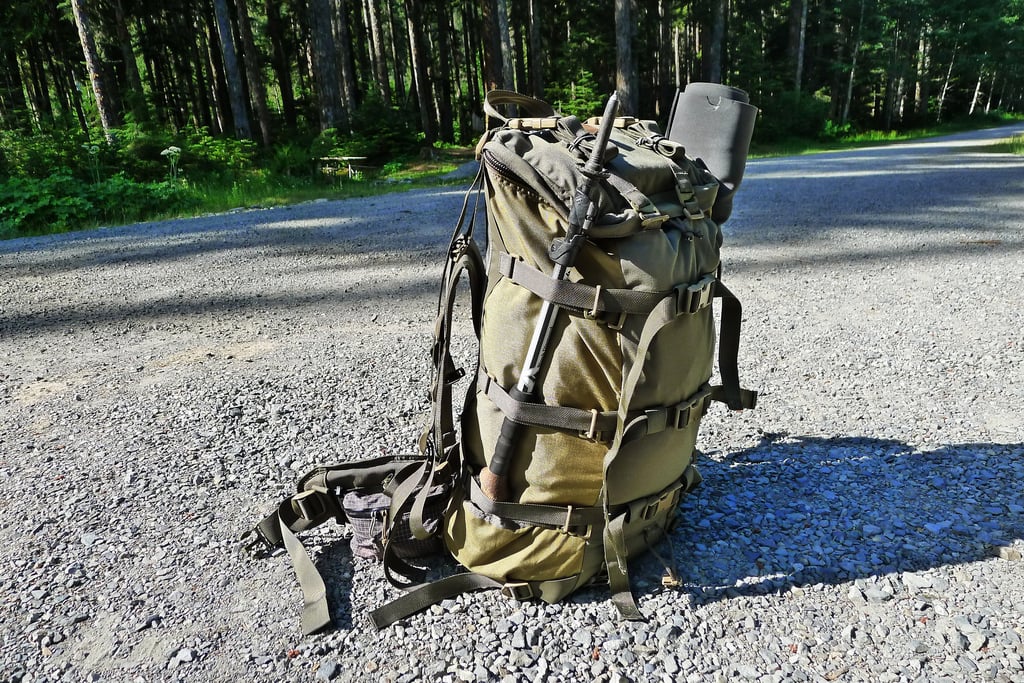
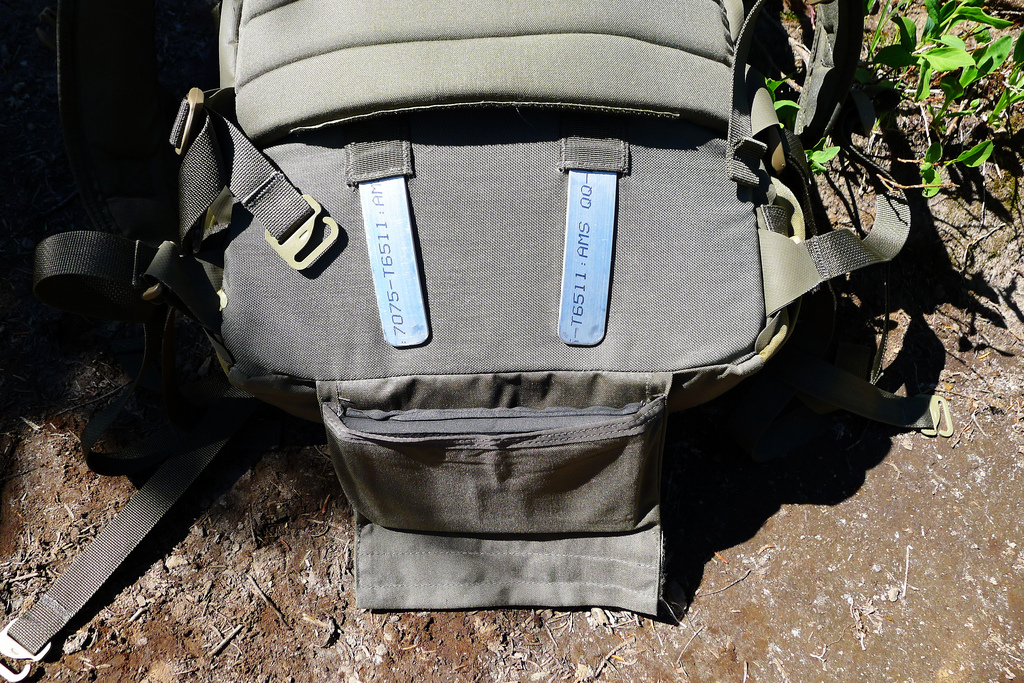
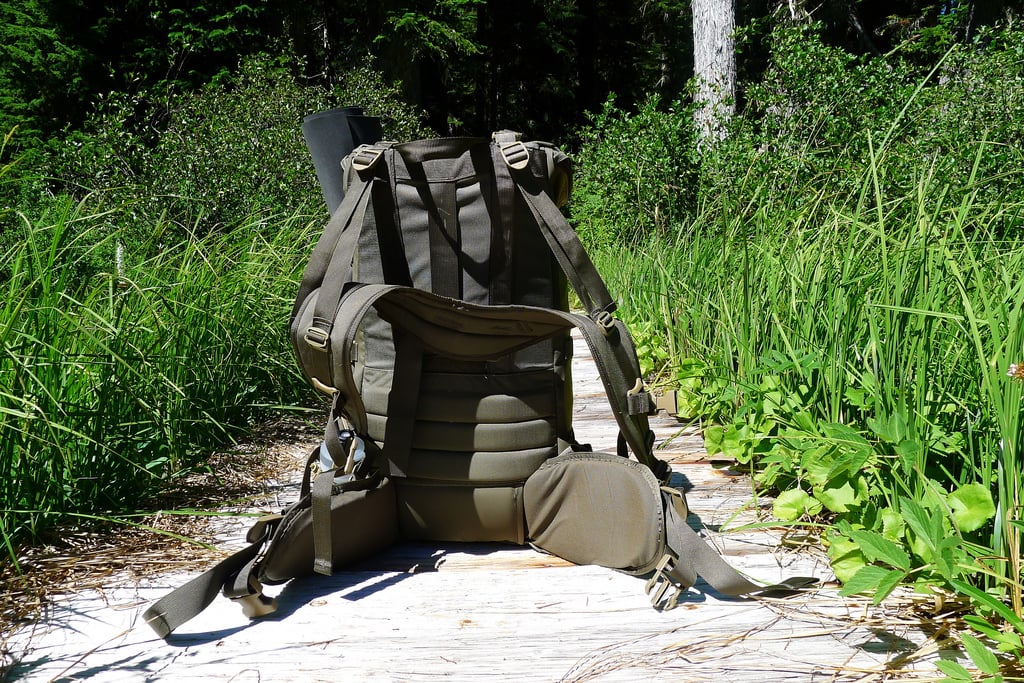
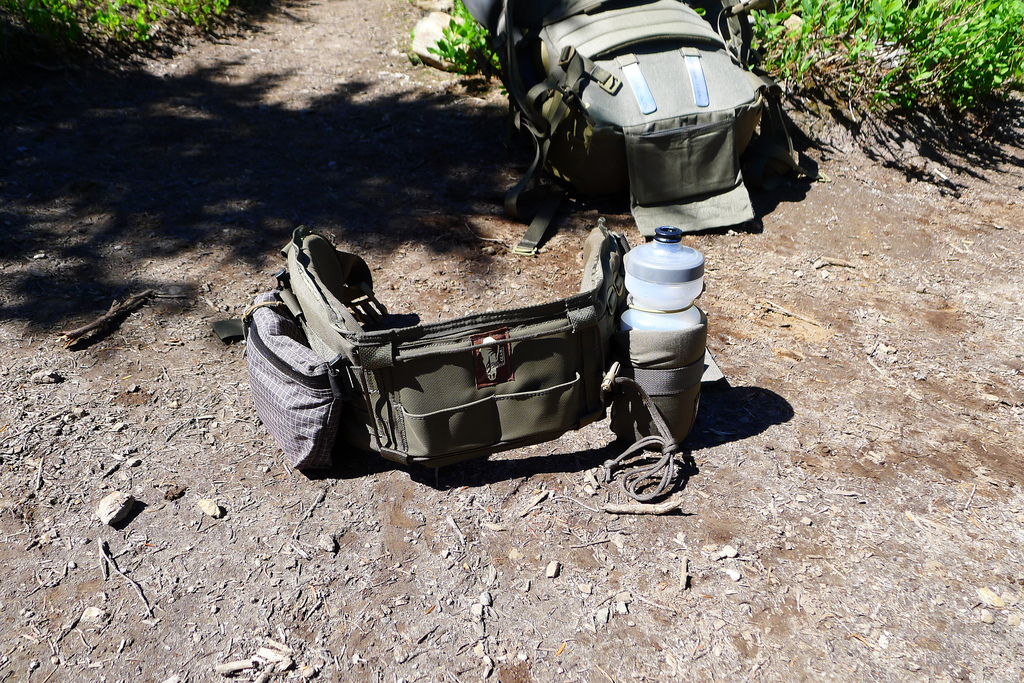
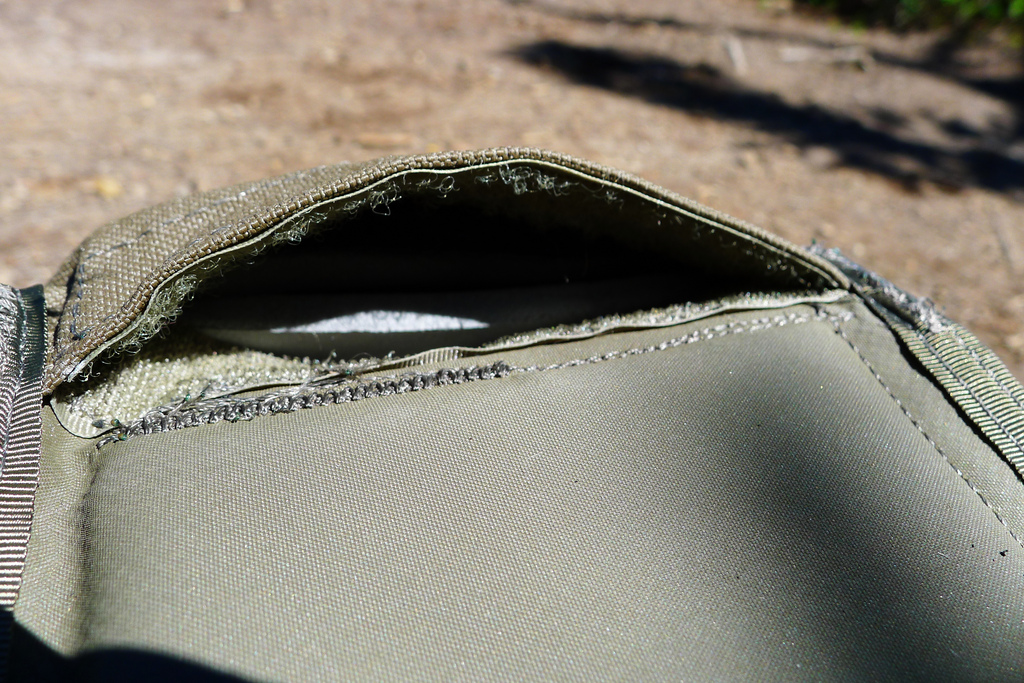
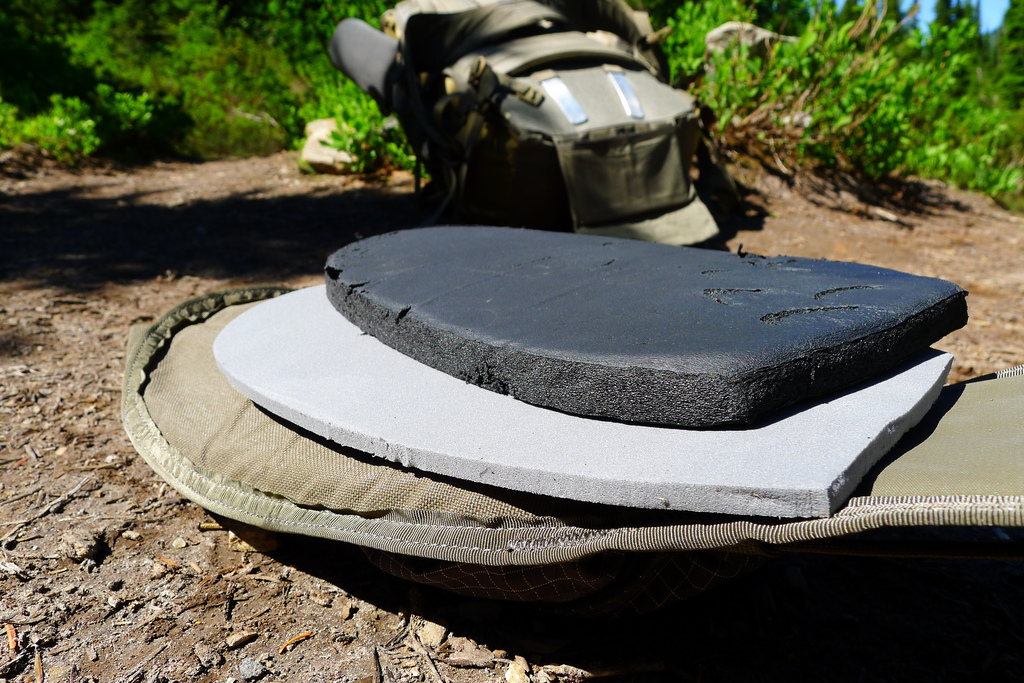
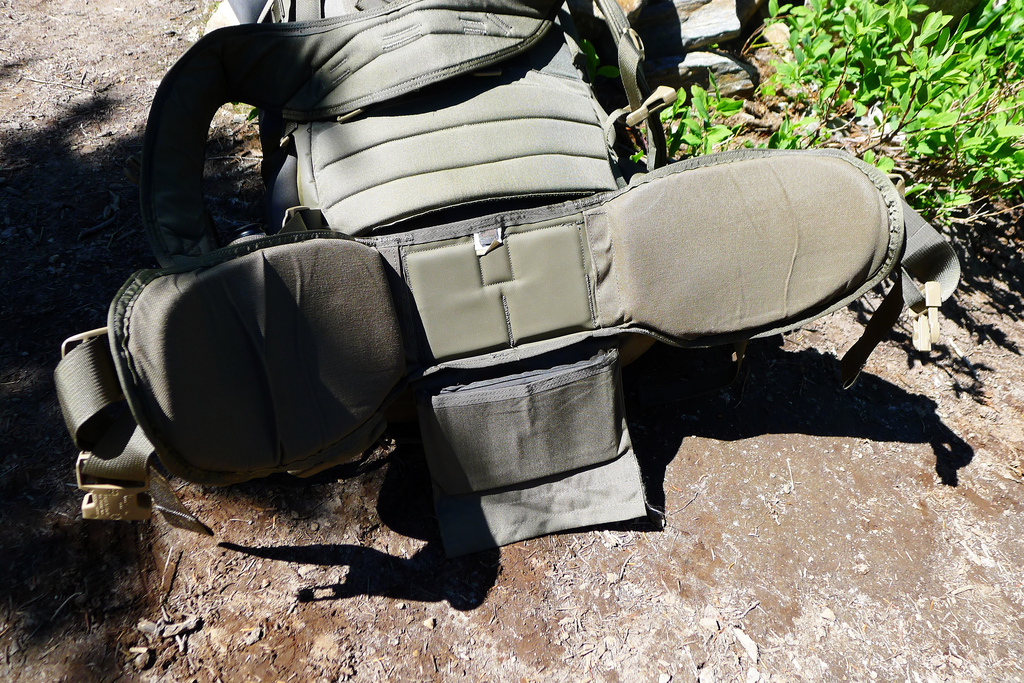
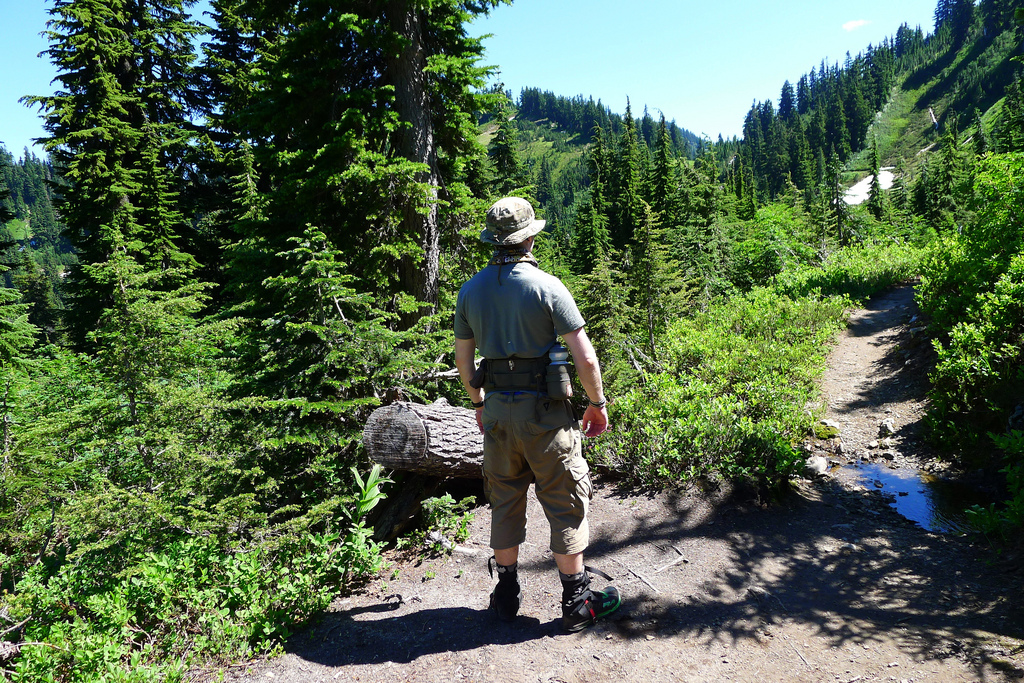
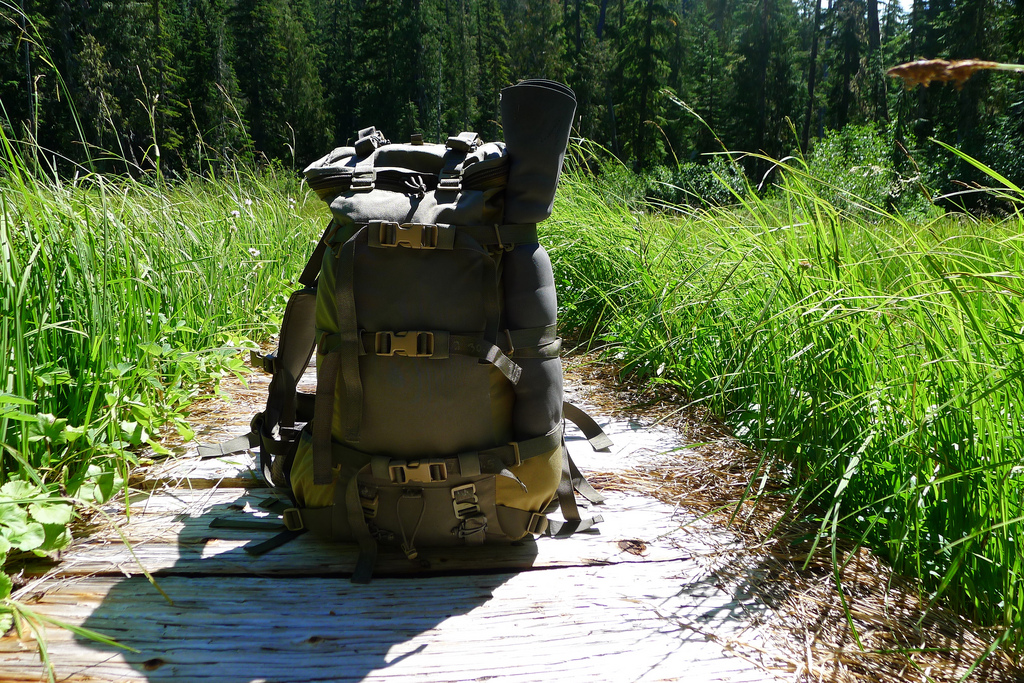
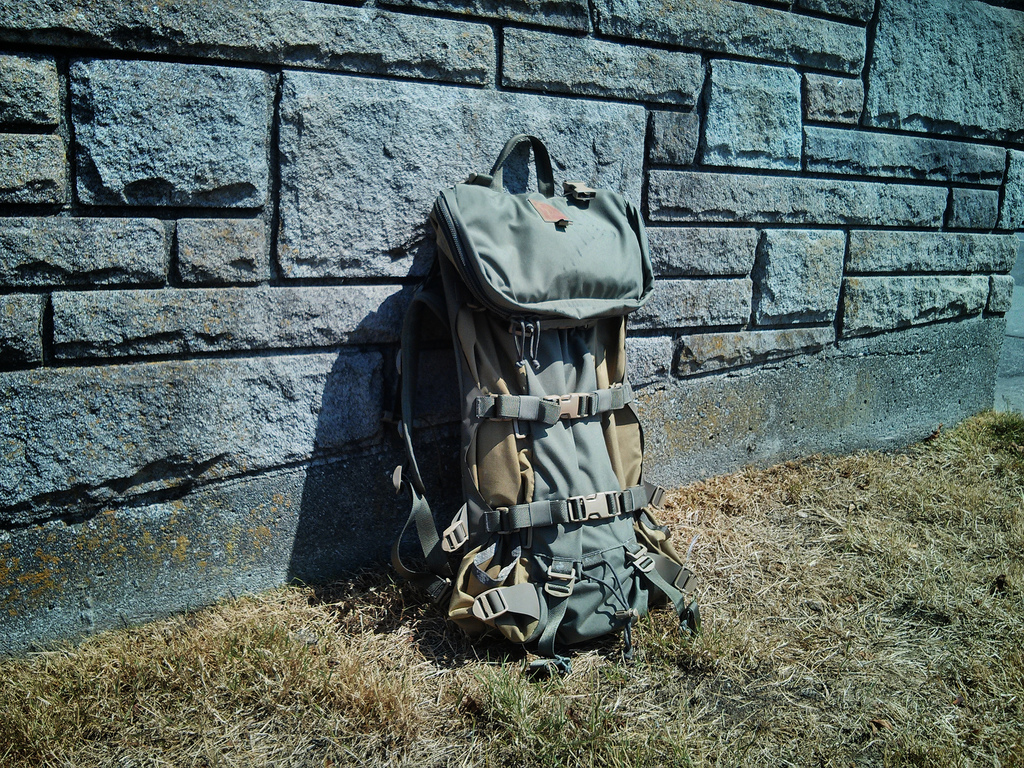
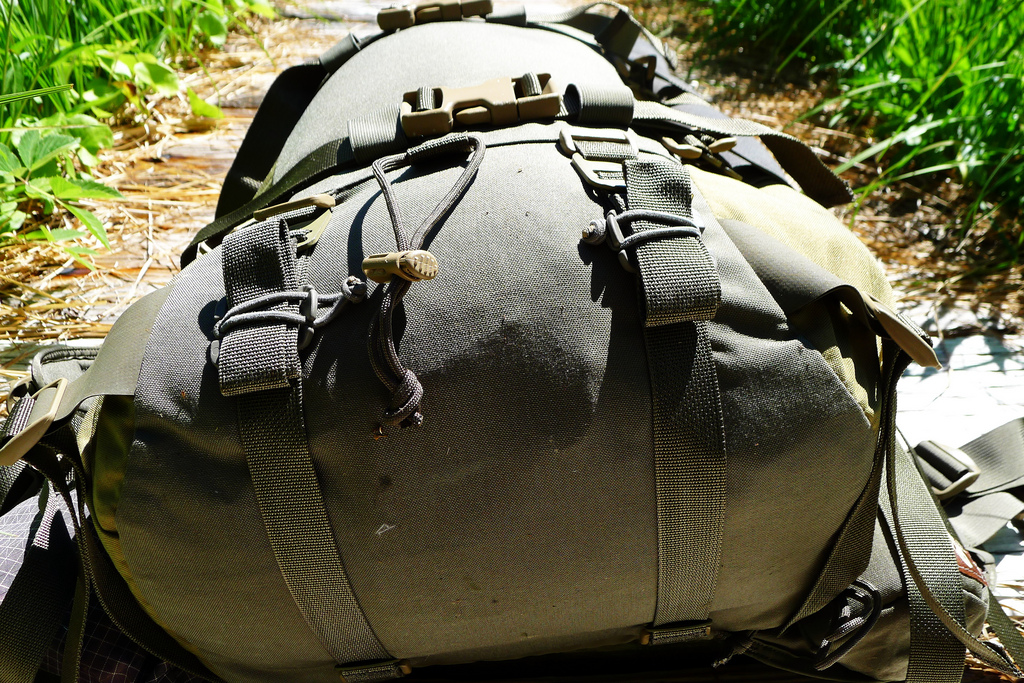
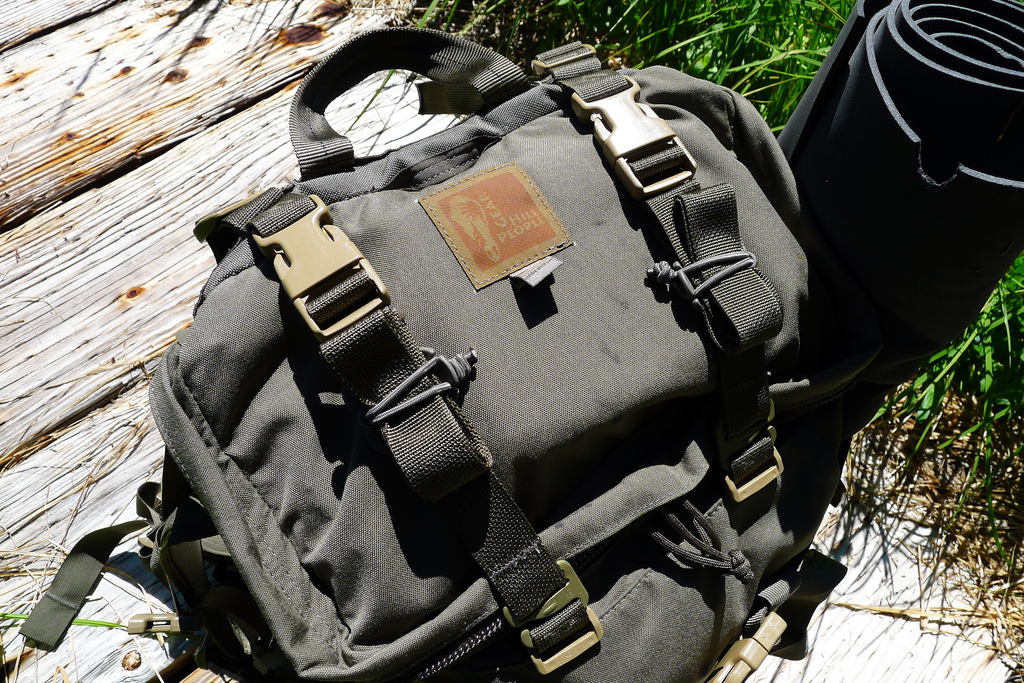
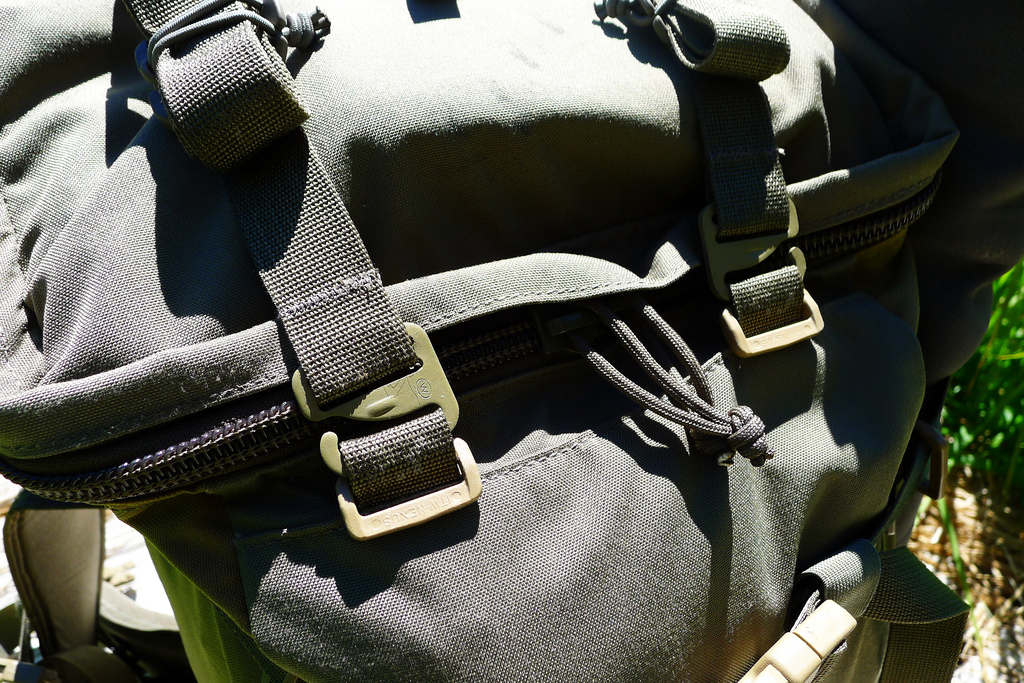
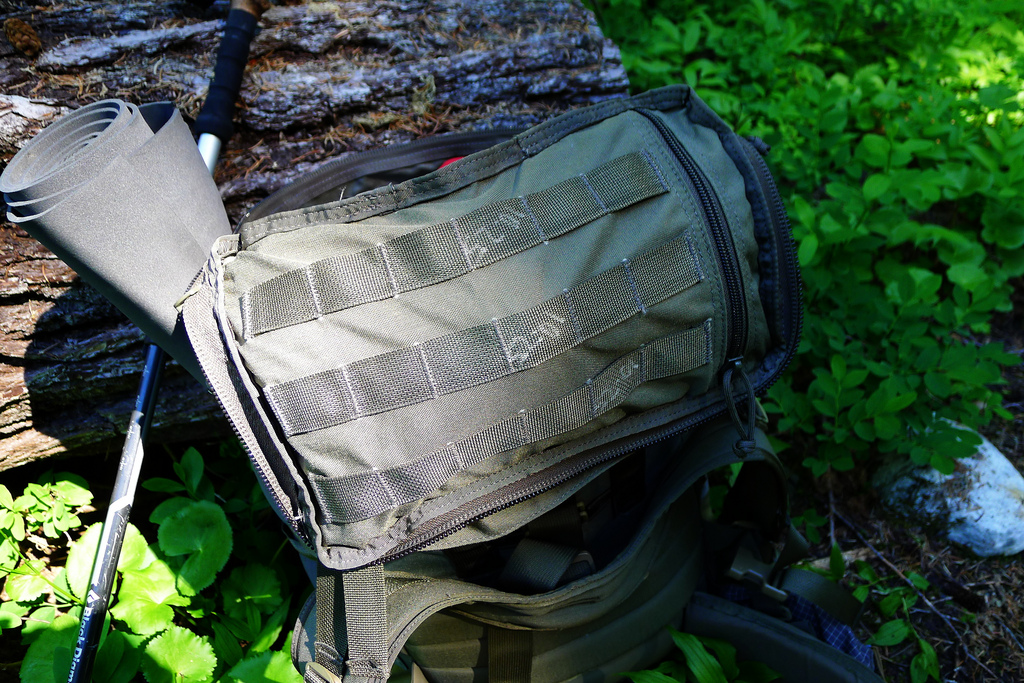
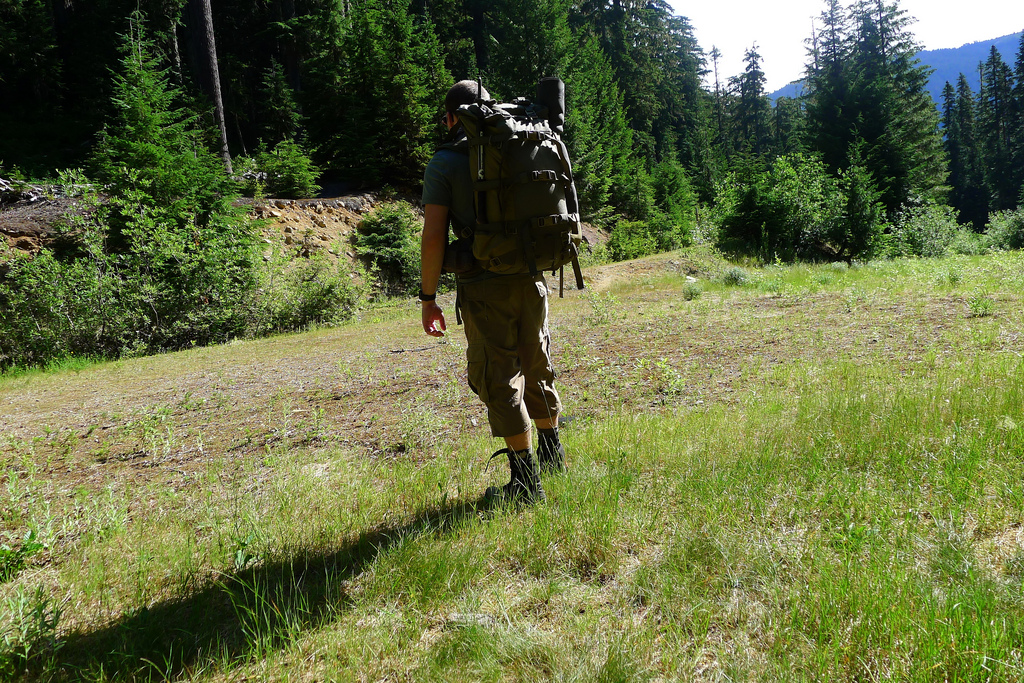
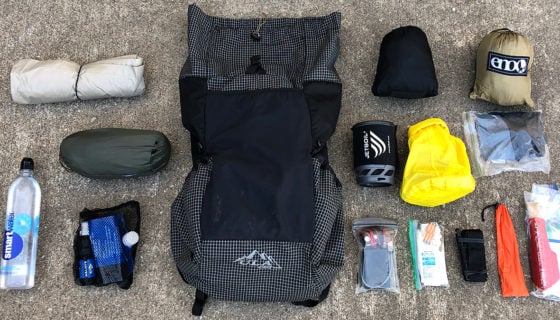

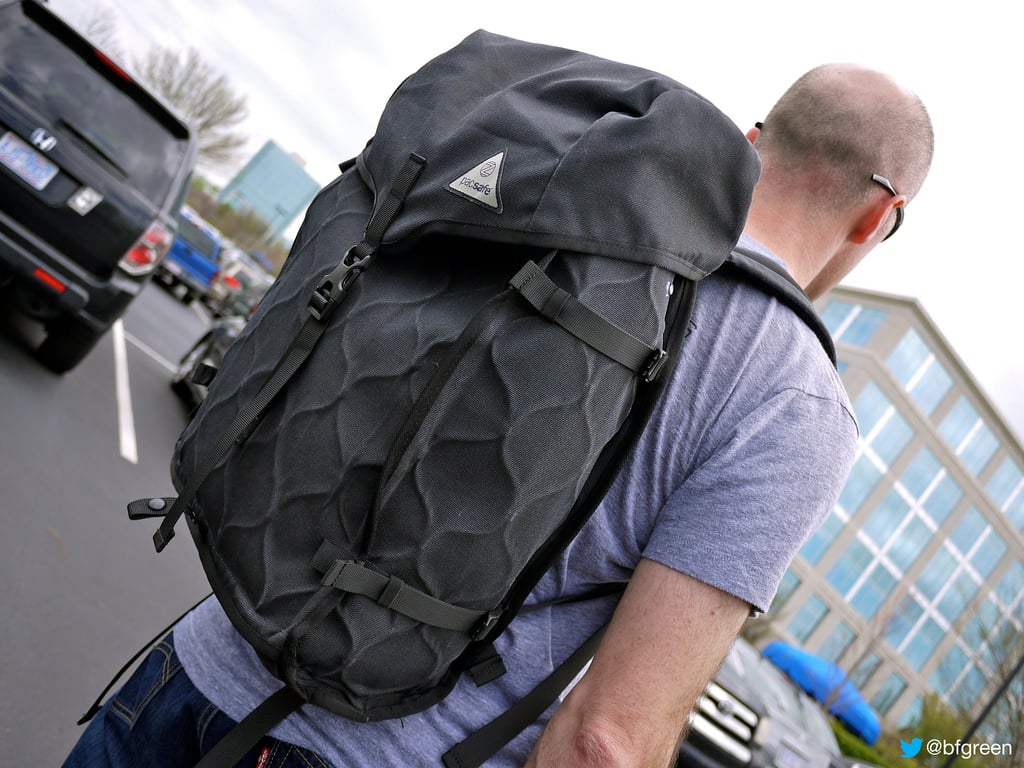
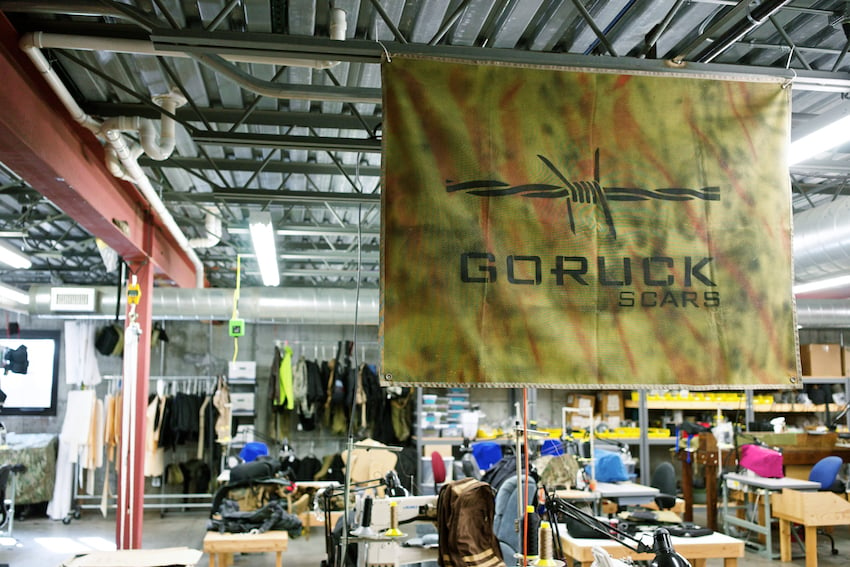

Discussion